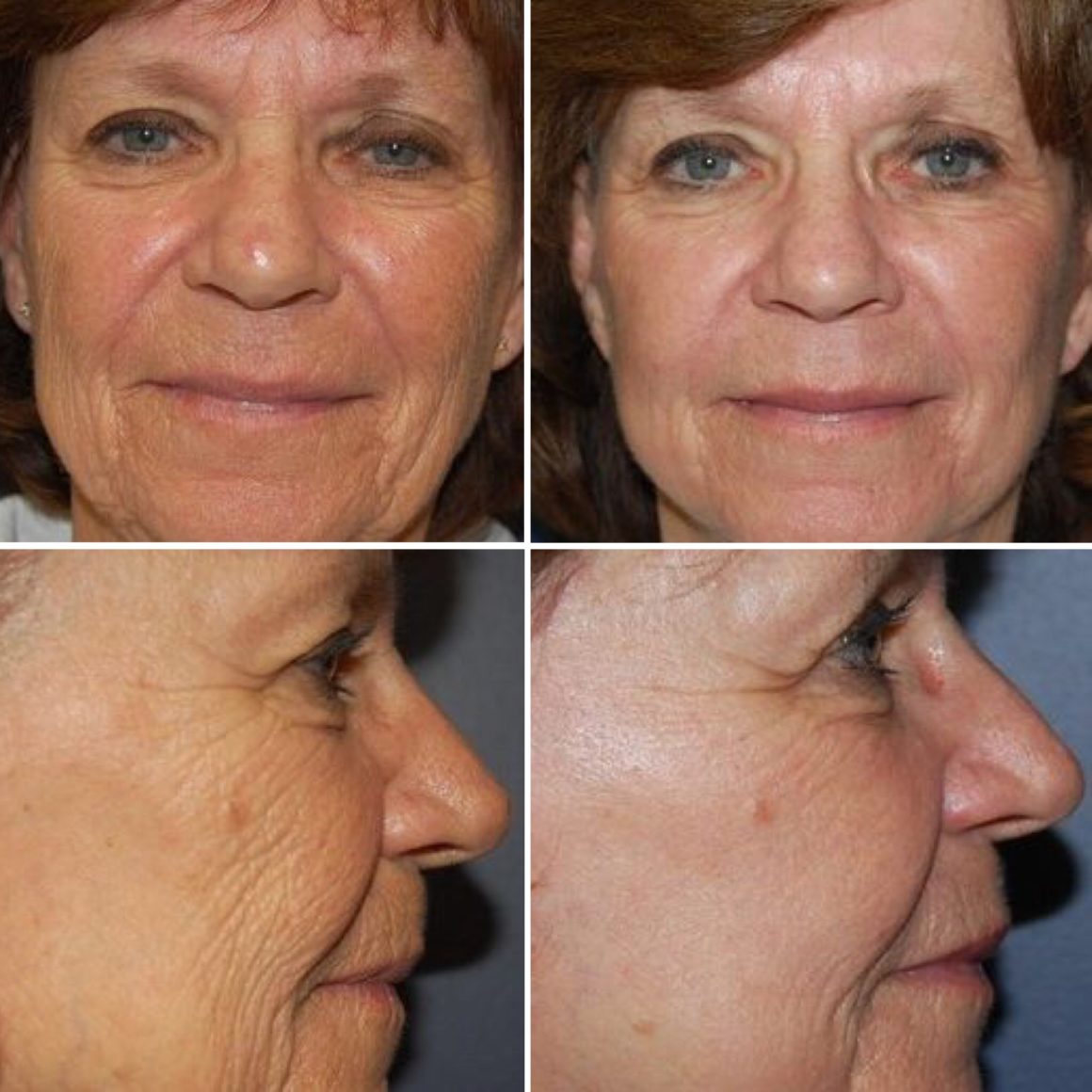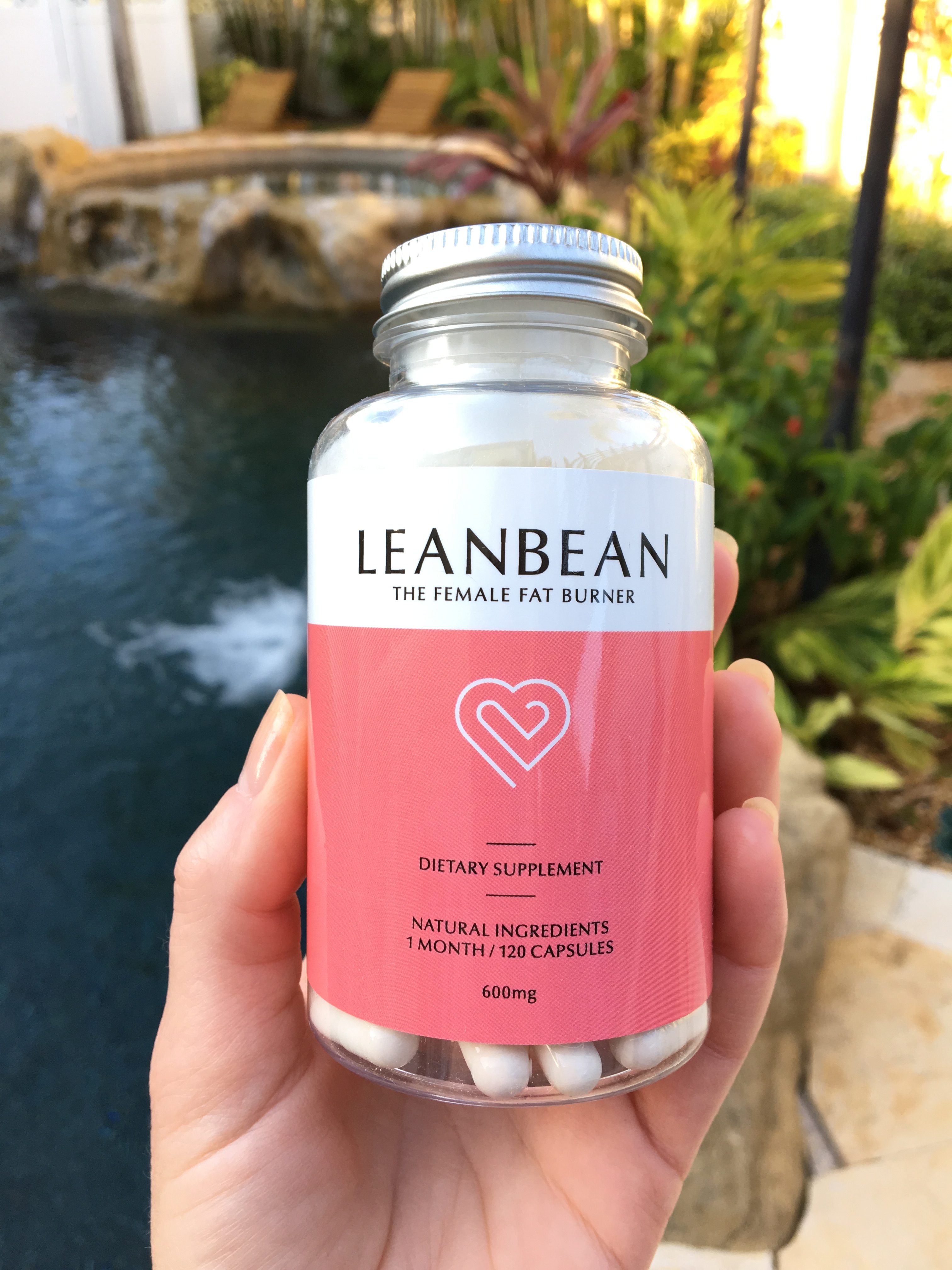
Laser Skin Resurfacing Treatments Overview – Ablative vs. Non-Ablative
An Overview of Laser Skin Resurfacing Treatments
Laser skin resurfacing directs short, concentrated beams of pulsating light at irregular patches of skin, precisely removing layers of epidermis.
The collagen formation that occurs as a consequence of the procedure results in an improvement of wrinkles, making skin appear smoother and tighter.
What is laser skin resurfacing?
Our skin defines us. It is the largest and the most visible part of our body and functions as an armor, absorbing the brunt of both external and internal factors that compromises our skin’s appearance.
Laser resurfacing can help your skin appear younger and healthier when the effects of aging and environmental factors have compromised its vitality.
Also known as lasabrasion, laser peel, or laser vaporization, laser skin resurfacing directs short, concentrated beams of pulsating light at irregular patches of skin, precisely removing layers of the epidermis. During the healing process, new skin cells are formed that make your skin appear tighter and younger.
The results are natural, quick to see, and less risky than surgical options like facelifts. And because there are more laser skin treatments available than ever before, such procedures are an increasingly popular choice among people seeking to reduce signs of aging.
There are two main types of lasers: ablative and non-ablative.
Where ablative technologies heat and clear away the top skin tissue, non-ablative (or non-wounding) lasers are focused on areas beneath the surface skin and provoke collagen growth that tightens the underlying skin.
Carbon dioxide lasers (CO2)
Ablative carbon dioxide lasers have been in used since the 1960s to treat both cancerous and non-cancerous skin conditions including acne scars, skin tags, moles and sagging skin.
New York City board-certified plastic surgeon Dr. Leonard Grossman describes the pros and cons of the procedure:
“The CO2 laser is probably the gold standard when it comes to skin resurfacing, as it provides the deepest penetration of all lasers at this point in time. However, while effectively removing the most wrinkles, the recovery time from CO2 laser treatment is also the longest.”
The CO2 laser employs a very short-pulsed light energy (ultrapulsed) or continuous light beams delivered in a scanning pattern that allows the laser to remove a very thin layer of skin with minimal heat damage. The treatment vaporizes damaged skin cells, allowing new, more healthy cells to replace the older ones.
- Types of treatments
CO2 lasers are successfully used to treat wrinkles, photodamage, scars, benign skin growths such as warts, birthmarks, enlarged oil glands on the nose, and a variety of other skin conditions
- Recovery and side effects
Post-treatment recovery takes about two weeks. During healing, it is crucial to protect your rejuvenated skin for the first few months by limiting your time in the sun and employing a 30 SPF sunscreen whenever you venture outside.
Potential side effects include hyperpigmentation (skin discoloration), pain, itching and burning sensations, skin redness and scarring.
Erbium Yttrium-Aluminum-Garnet (Er:YAG)
High-powered erbium:YAG (Er:YAG) ablative lasers produce an energy wavelength that gently penetrates the skin.
The laser is absorbed readily by water which means the heat effects are dispersed. These properties enable surgeons to remove thin layers of aged and sun-damaged skin tissue with precision without harming surrounding tissue.
“Erbium laser, unlike CO2 lasers, are gentle and provide medium depth resurfacing of the skin that is normally epithelialized within 5 to 10 days,” notes Dr. Grossman.
The resurfacing treatment generates OH radicals (hydroxyl radicals) that are anti-inflammatory and work as a kind of detergent that decomposes skin pollutants while stimulating wound healing and collagen production.
- Types of treatments
The Er: YAG laser is excellent at removing surface-level and moderately deep wrinkles and lines that appear on the face, hands, chest, and neck. It is also used to correct problems with pigmentation, acne scars, sun damage, and moles.
- Recovery and side effects
Dr. Grossman notes that YAG treatments heal faster than CO2 laser treatments.
“The redness is much shorter lived and dissipates, in the majority of patients, in approximately six to 12 weeks.”
Patients are advised not to expose recently resurfaced skin to direct sunlight for the first few weeks following the procedure. Ergo, hats and sunscreens are a must even if your skin is exposed to the sun for just a few minutes.
Potential side effects include redness, swelling, and bruising, which may last for a few weeks.
Pulsed dye laser
Pulsed dye non-ablative lasers are lasers that use an organic dye as the lasing medium.
A pulsed dye laser delivers pulsed laser energy that passes through the epidermis and is absorbed by the oxyhemoglobin in the blood vessels instead of the encompassing tissue.
“By targeting target blood vessels, pulsed dye lasers cause a thermal reaction that effectively obliterates vascular lesions,” says board-certified plastic surgeon Dr. Jacob Steiger of Boca Raton, FL.
- Types of treatments
The skin conditions pulsed dye lasers treat include birthmarks, spider veins, rosacea, broken capillaries, vascular lesions, stretch marks, and fine crow’s feet.
- Recovery and side effects
Results are permanent and the healing time is rapid, requiring no more than a couple of hours for the pinkness and the redness to subside. However, care should be taken in the first few days following treatment to avoid scrubbing the treated skin with abrasive cleansers.
Side effects include pain during the treatment that can be reduced via anesthesia. Temporary pigmentation and some bruising are also reported.
Nd: Yag laser
Neodymium-doped Yttrium Aluminum Garnet is a crystal used as a lasing medium for solid-state lasers and is renowned for its multiple application and treatment functions.
During the procedure the epidermis is cooled while the laser penetrates through the skin, injuring the thick layer of living tissue below the dermis. As a consequence, collagen production is stimulated and skin quality is improved.
- Types of treatments
Dr. Steiger notes that ND-YAG laser treatments are employed to diminish age spots, and spider veins, and erasing tattoos and birthmarks. “They are also excellent for gentle hair removal.”
- Recovery and side effects
There can be pain during the treatment. Redness, swelling, and itching may continue several days after the procedure.
Alexandrite laser
This laser emits a wavelength of high energy light that is converted into heat energy.
By depositing a significant amount of heat in concentrated areas, it causes precise tissue destruction that, triggers collagen production while leaving surrounding skin undamaged.
“The cryo airflow technology cools the skin, minimizing discomfort during the procedure,” says Dr. Steiger.
- Types of treatments
It is used to treat brown spots due to sun damage, birthmarks, pigmentation problems, and pigmented lesions. It is also useful for hair, tattoo and leg vein removal.
- Recovery and side effects
Pain during treatment is common. Redness, swelling, and itching may continue for a few days. It may also cause changes in pigmentation.
What about IPL?
Consumers often confuse IPL (Intense Pulse Light) and laser skin resurfacing. While both modalities use light to address common skin concerns, there are significant differences between these two approaches.
Lasers deliver a single wavelength of light, whereas IPL uses a broad spectrum that is filtered depending on the targeted skin condition.
“IPL photorejuvenation is a process that uses light-based therapy to remove several different types of unsightly pigmentary changes,” says New Jersey plastic surgeon Dr. Gary D. Breslow.
Unlike laser-based treatments, the wavelengths produced using IPL penetrate just below the skin. As such, IPL is generally not recommended as an effective treatment for deeper wrinkles or skin laxity, and is more often used to focus on age spots and visible blood vessels.
IPL treatments may cause some minor skin flaking and redness, but no downtime is required.
“Treatments can be done during a lunch hour,” says Dr. Breslow. It’s a very well-tolerated procedure.”
Quick facts
If you are considering laser treatments to improve your skin, you are encouraged to contact a board-certified cosmetic surgeon to learn what procedure is right for you.
- If you decide to go ahead with laser skin resurfacing, you need to avoid taking any medications or supplements that can affect blood clotting, including aspirin, ibuprofen, and vitamin E for at least ten days prior to surgery.
- If you smoke, it is important to stop for at least two weeks before and after the procedure as smoking can slow down recovery.
- An antibiotic may be prescribed beforehand to prevent bacterial infections and antiviral medications may also be suggested if you are prone to cold sores or fever blisters.
- According to the American Society of Plastic Surgeons the average cost of ablative laser skin resurfacing was $2,124 and $1,114 for non-ablative in 2017.
- Laser skin resurfacing is regarded as a cosmetic procedure, and most medical insurance companies do not cover it. Exceptions include the modification of scars and the removal of precancerous growths.
- Keeping your new skin well moisturized is essential following the treatment. However, glycolic acid products should not be used for at least six weeks after the procedure.




One Comment
duallan
On a normal, per session cost can run between Rs.6,000 to Rs.30,000. The expense of laser resurfacing in India varies radically relying upon the intensity of the scars, the affected area, and the thickness of the skin, and furthermore the sort of laser treatment the client is opting for. The aggregate cost further goes up inferable from the way that multiple sessions are required to see desired outcomes.